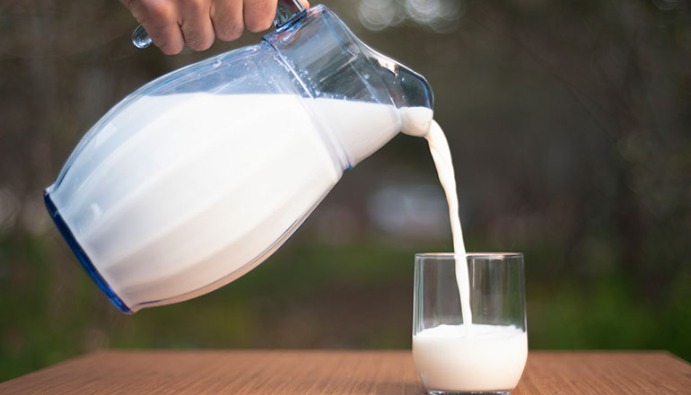Determination of Hypochlorite in Milk: Dairy Products
Why is Hypochlorite Determination in Milk?

What is Hypochlorite?
Hypochlorite (commonly known as sodium hypochlorite, NaOCl) is an oxidizing agent, commonly used as a disinfectant. It is mainly found in chlorine-based cleaning and disinfection products. Hypochlorite is effective in killing microorganisms, which is why it is often used to destroy germs in milk processing plants. Sodium hypochlorite and calcium hypochlorite are two common types of hypochlorite often used for disinfection purposes.
What are the Areas of Use?
In milk processing plants, hypochlorite is used to ensure the hygiene of milk and milk products and is used to clean milk pipes, tanks, machinery and other equipment. Hypochlorite is also used to extend the shelf life of milk by reducing its bacterial load.
Impacts of Hypochlorite Use on Food Safety
- Health Risks: Hypochlorite can be toxic in high concentrations and can leave residues in dairy products. Residues of these substances, which can be toxic to humans, in dairy products can cause health problems. Allergic reactions, nausea, vomiting and respiratory problems are potential health effects of exposure to hypochlorite residues.
- Impact on Milk Quality: Hypochlorite residues can impair the taste and odor of milk. It can also have negative effects on the color of dairy products. Hypochlorite can also negatively affect the nutritional value of milk by disrupting protein structures. In particular, milk fats and proteins can deteriorate when in contact with excessive hypochlorite.
- Legal Regulations: Many countries have specific limit values for hypochlorite residues in milk and milk products. Food safety standards specify that hypochlorite residue levels in dairy products should be zero or very low. In regions such as the European Union and Turkey, there are legal limits for hypochlorite residues in milk and milk products. High levels of residues may result in withdrawal or recall of products from the market.
Hypochlorite Determination Methods
The determination of hypochlorite in dairy products can be done using various chemical and biological test methods. These methods provide an accurate detection of hypochlorite residues.
- Iodometric Method
- Spectrophotometric Method
- Colorimetric Method
- Electrochemical Methods
- Rapid Test Kits
Nanolab Laboratories Group continues to provide services within the scope of Hypochlorite Determination in Milk. We also provide services for Determination of Formaldehyde in Milk.
Contact us for more information.
You can follow us on LinkedIn for up-to-date news and posts about our services.
Follow our Instagram account to be informed about our latest blog posts.

